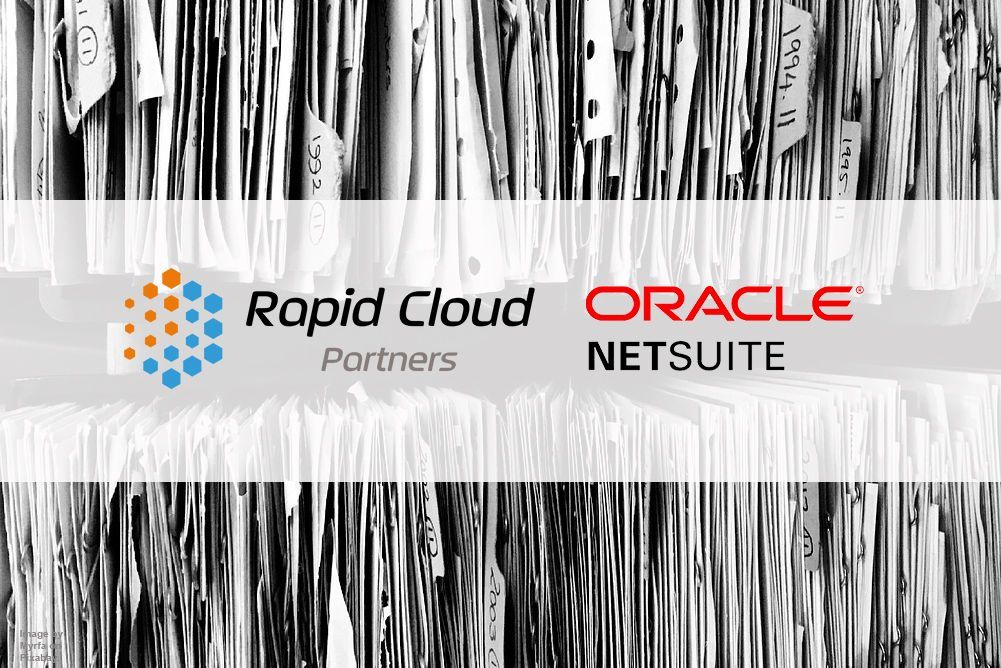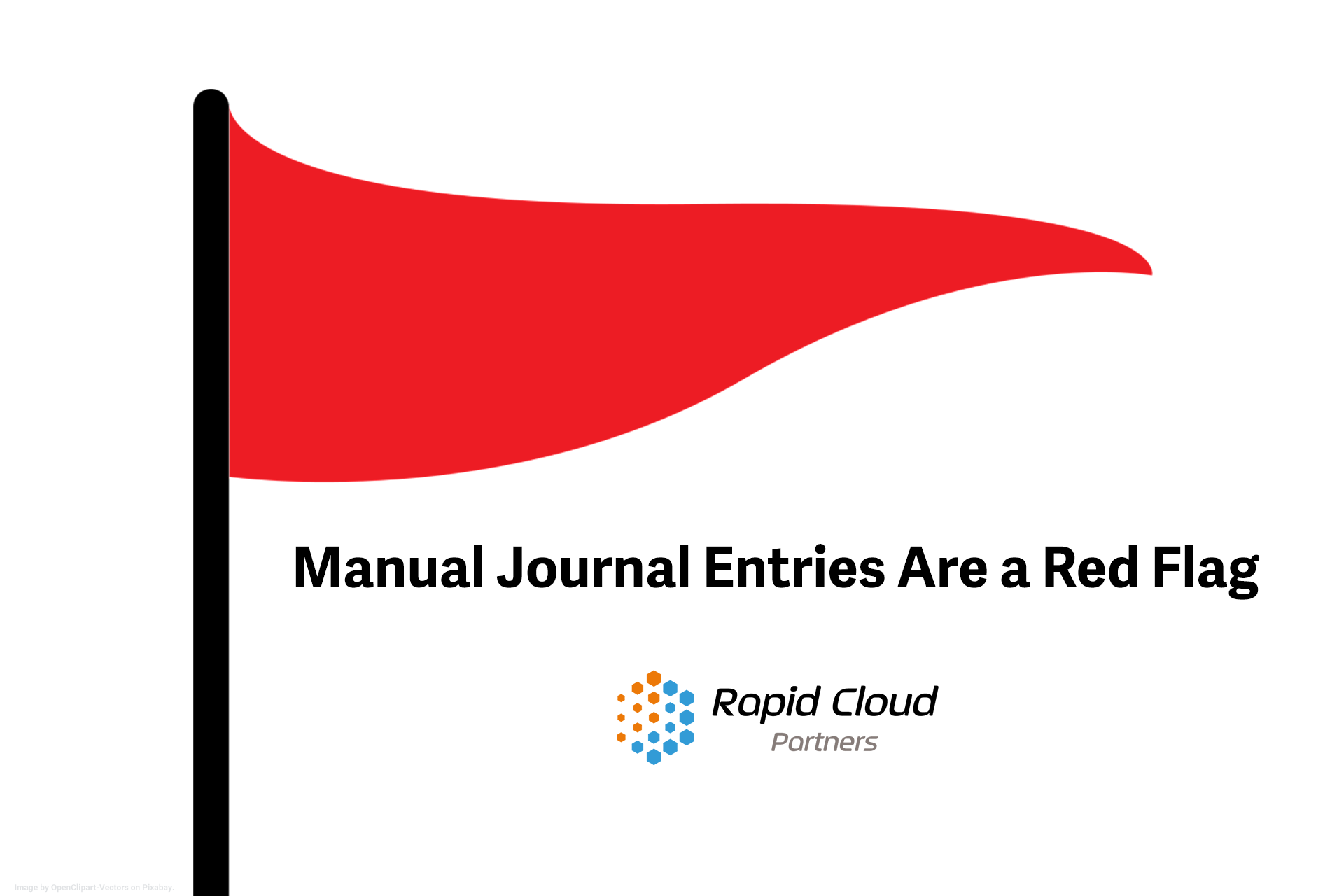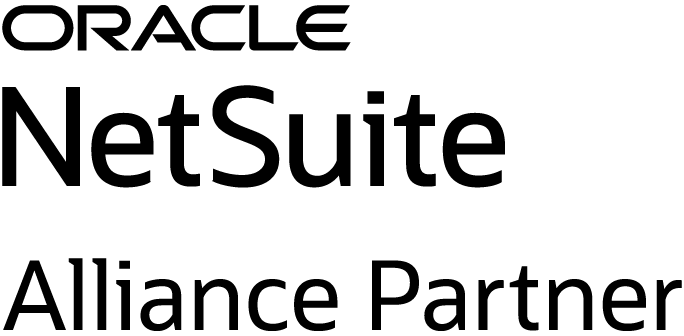Payment reconciliation is part of the accounting process where account balances are verified by comparing financial records to bank statements. Every business transaction is typically backed by at least two forms of documentation. The first is either an internal record of a purchase or amount due from a customer, usually in the form of a transaction in its general ledger. The second is an external statement from a bank or credit card company that shows the expense was paid.
Payment reconciliation compares each internal and external record to verify the amounts are equal. If not, the accountant must investigate the reason for the discrepancy. While the concept is straightforward, as payable and receivable transaction volume increases, along with additional payment and collection channels, reconciliation becomes more complicated and labor-intensive.
Payment reconciliation is ripe for automation, which can improve a company's performance by every meaningful measure. NetSuite’s automated bank feeds integration paired with automated match rules in the reconciliation interface drives easier matching. The key benefits include: less administration, improved accuracy, quicker error and fraud detection, up-to-date payment postings and collections, faster financial closing, scalability, compliance, and cash-flow clarity.
Want to learn more? Check out this video, https://tinyurl.com/yvf9t7jk, and contact Rapid Cloud Partners, a NetSuite Solution Provider, at info@rapidcloudpartners.com.






